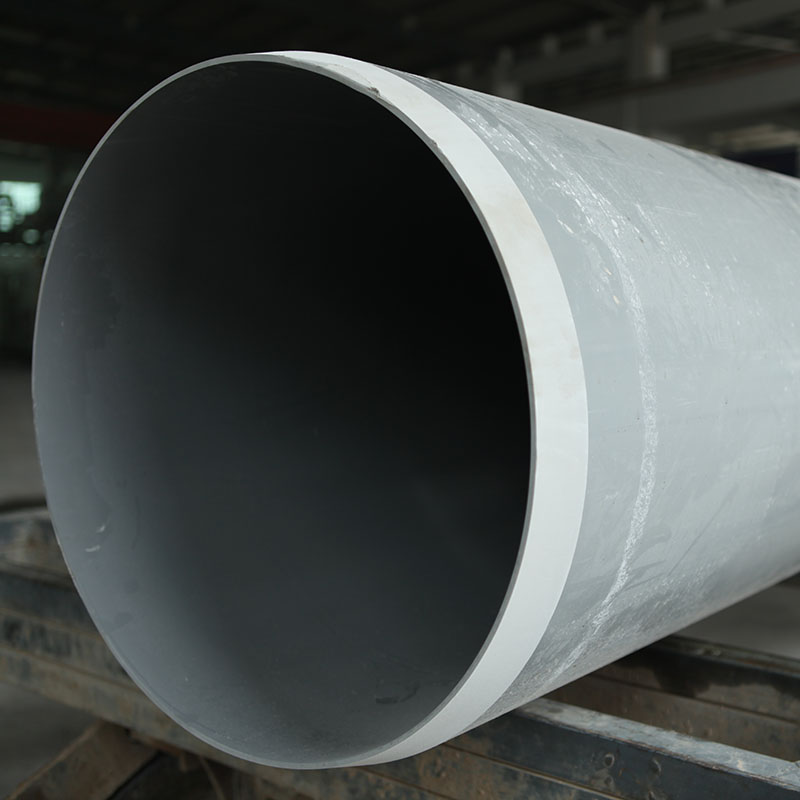אוק . 21, 2024 22:49 Back to list
Hdpe Pipe Connection Solutions for Efficient Water Management Systems
Understanding HDPE Pipe Connectors A Comprehensive Overview
High-Density Polyethylene (HDPE) has emerged as a leading material in the piping industry, known for its durability, flexibility, and resistance to a range of environmental factors. Among the numerous components that contribute to the effectiveness of HDPE piping systems, HDPE pipe connectors stand out as vital elements in ensuring seamless connections and functionality. This article explores the significance, types, applications, and benefits of HDPE pipe connectors.
The Significance of HDPE Pipe Connectors
In any piping system, the connections between different segments of pipe are critical for maintaining the integrity and performance of the entire network. HDPE pipe connectors serve as the link that facilitates the joining of individual pipes, whether for water, gas, or wastewater conveyance. Their primary purpose is to ensure a leak-free connection that can withstand the pressures and environmental conditions imposed on the piping system.
Types of HDPE Pipe Connectors
HDPE pipe connectors come in various types, each designed for specific applications and conditions. Some of the most common types include
1. Mechanical Couplers These are used to join two sections of HDPE pipes using bolts and are particularly useful in applications that require strong and reliable connections. Mechanical couplers can be installed quickly without the need for heat fusion.
2. Electrofusion Fittings This type of connector involves the use of electrical fusion to join pipes. Special fittings with built-in electric coils are heated up, melting the surrounding HDPE material to create a strong bond. Electrofusion fittings provide high joint integrity and are often used in high-pressure applications.
3. Socket Fusion Couplings In this method, the pipe ends are heated and then pushed together to form a weld. Socket fusion is typically used for smaller diameter pipes and is popular for household and industrial applications alike.
4. Flanged Fittings These connectors feature a flange on each end that can be bolted to other flanged components. They are commonly used in larger piping systems where easy disassembly and maintenance are crucial.
Applications of HDPE Pipe Connectors
HDPE pipe connectors are widely used across various sectors, including
hdpe pipe connector

- Water Supply Systems They are fundamental in municipal water distribution systems, ensuring that water is delivered efficiently and without leaks
.- Agricultural Irrigation In agriculture, HDPE pipe connectors facilitate efficient irrigation systems, allowing for the precise delivery of water to crops.
- Waste Management In wastewater treatment plants and sewer systems, these connectors play a pivotal role in maintaining the flow of effluent.
- Industrial Applications Various industries use HDPE pipes and connectors for chemical transport due to their resistance to corrosion and chemicals.
Benefits of HDPE Pipe Connectors
The use of HDPE pipe connectors offers numerous advantages
1. Durability HDPE materials are resistant to wear, corrosion, and extreme weather conditions, ensuring a long lifespan for the piping systems.
2. Flexibility HDPE connectors can accommodate slight movements in the ground and thermal expansion without compromising the integrity of the connection.
3. Cost-Effectiveness These connectors enhance the overall efficiency of the piping systems, leading to reduced maintenance costs and longer service life.
4. Environmental Resistance HDPE is non-toxic, making it a preferred choice for applications involving potable water.
In conclusion, HDPE pipe connectors are critical components in modern piping systems, offering various types and applications suited for numerous industries. Their durability, flexibility, and cost-effectiveness make them an invaluable asset in ensuring efficient fluid transport and management. As industries continue to innovate and expand, the reliance on high-quality HDPE pipe connectors will undoubtedly grow, paving the way for more efficient and sustainable piping solutions.
-
Durable PP Rigid Sheet: Lightweight, Chemical Resistant Solutions
NewsAug.21,2025
-
PVC Grey Sheet for Extraction: Chemical Resistant & Durable
NewsAug.19,2025
-
Durable PVC Pipe Fittings for Plumbing & Irrigation Needs
NewsAug.18,2025
-
HDPE Steel Belt Reinforced Spiral Corrugated Pipe | High Strength
NewsAug.17,2025
-
HDPE Pipe Fittings: Durable, Leak-Proof Solutions
NewsAug.16,2025
-
Premium CPVC Sheet: High-Temp & Chemical Resistant Solutions
NewsAug.15,2025

